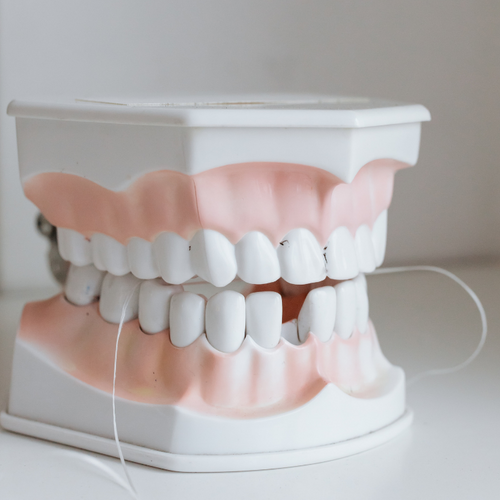A new form of therapy that teaches patients pain-coping and relaxation techniques not only reduces pain for a common jaw disorder, which includes temporomandibular joint disorders (TMJD), as well if not better than standard medical care but also reduces its costs, finds new research.
The technique, called biopsychosocial intervention, mixes biofeedback with classroom-like education. Biofeedback is a widely used treatment technique in which people are trained to relax and improve their health by monitoring signals from their own bodies, assisted by a machine designed for that purpose. Biofeedback is often used to help people cope with pain.
But this new technique also relies on educating the patient about the mind-body relationship, the body's reaction to stress, and the importance of relaxation in everyday settings.
The Study
In this study, researchers at the University of Texas Southwestern Medical Center in Dallas observed 81 women and 20 men, ages 18 to 70, with temporomandibular disorder (TMD).
This painful jaw disorder is caused by wear on the cartilage lining the jaw joint, resulting in pain from chewing, talking or clenching of the teeth. Affecting more than 10% of Americans, TMD is the second most common pain-causing muscular and skeletal condition after low-back pain.
Half of the study participants received six weeks of early biopsychosocial intervention, while the others received standard dental care.
One year later, those who received the biopsychosocial intervention had required less medical treatment for pain than those getting standard medical care. They also reported less pain, better mood, and proved to show better coping abilities than those getting standard care, say researchers.
They also saved money, because standard care for TMD-such as medication, physical therapy and surgery-can be expensive.
"The early intervention can reduce TMJ-related pain levels, stave off chronic pain and save people money on costly treatments," notes study author Dr. Anna Stowell, assistant professor of psychiatry, anesthesiology and pain management at UT Southwestern.
